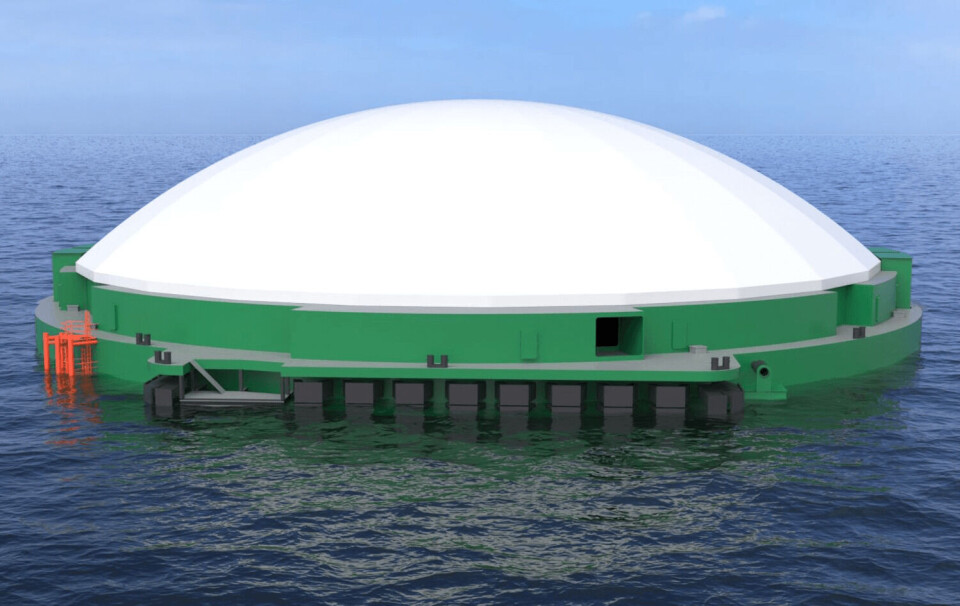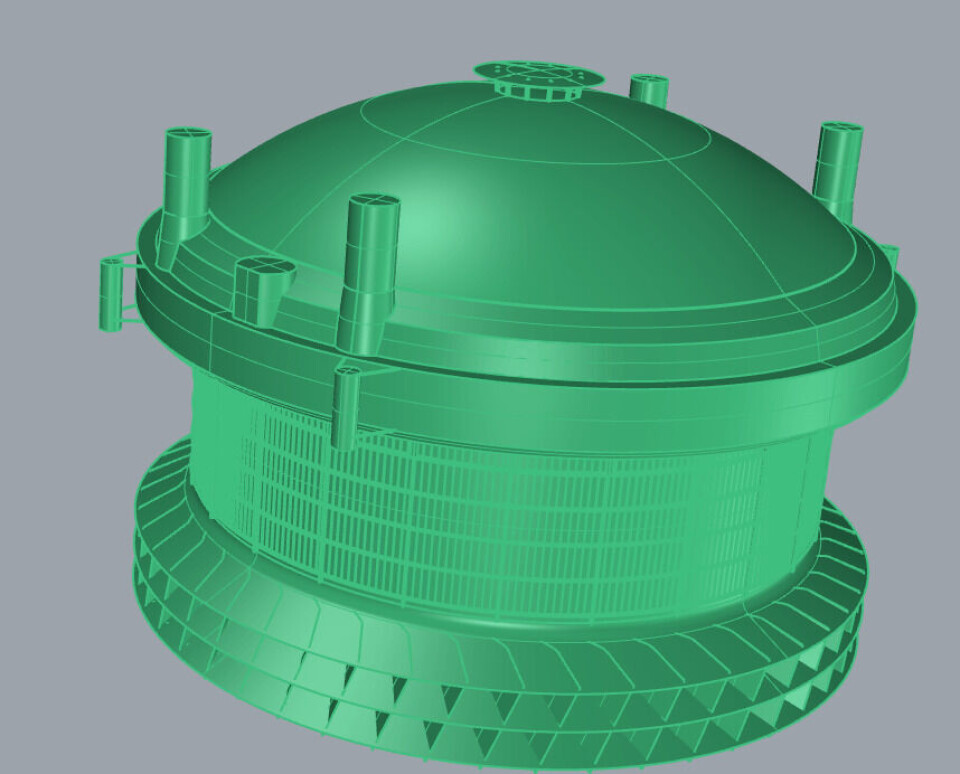
Contract signed for Hydra fish farm build
A steel-walled floating salmon farm that utilises the force of the sea to push water into and out of the fish tank is to be built in Turkey for Norwegian salmon farmer Nordlaks.
Family-owned Nordlaks, which produces more than 40,000 tonnes of salmon and trout annually, has contracted shipyard group Gemak to build the Hydra concept. It will have a production volume of 86,700 cubic metres and a maximum permitted biomass of 3,120 tonnes.
Gemak is a large group with its main activity in the city of Yalova. The area is known to Nordlaks as both of the company’s new wellboats, the Harald Martin and Bjørg Pauline, were built by the Tersan shipyard in the same area.

A major milestone
“I am glad that we now have a clear plan for the progress and construction of Hydra,” said Nordlaks project development director Inge Berg.
“This is of course an important decision and a major milestone in the development project. We went out broadly both nationally and internationally in the tender process, and we are confident that Gemak is the right partner to realise the Hydra project.”
Steel cutting will begin at the yard this summer, and Hydra is scheduled to be ready for transport to Norway in the first quarter of 2024. Gemak is now embarking on detailed planning of the construction with support from NSK Ship Design, which has collaborated on the Hydra design.
Nordlaks has already seen one development project – the ship-shaped Havfarm – reach fruition, and took over development of the Hydra concept when it bought out original developer Hydra Salmon Company II AS in February last year.

Steel wall
The “production tank”, as the Hydra concept is known, will have a fitted roof and a steel wall down to 20 metres below sea level. The solid wall construction is intended to prevent sea lice and disease from coming into contact with the fish.
At the bottom of the steel wall, there will be a passive water exchange module for replacing and energising the water inside the tank without the need for electric pumps, although there will be back-up pumps.
Shore power
The surface module, contained under a domed roof, will contain storage for 200 tonnes of feed, an engine room, workshop, mortality treatment system and more.
The Hydra will be able to operate autonomously and will be connected to shore power but will also have back-up generators.
Some operations are expected to be able to be controlled remotely, such as opening hatches in connection with feed reception, camera surveillance of fish and facilities and feeding of fish. The unit will be cleaned with a remote-controlled underwater vehicle (ROV) during production and between production cycles.
The 78-metre diameter production tank will be equipped with two docks for mooring of passenger transport, service vessels or other support vessels.






















































